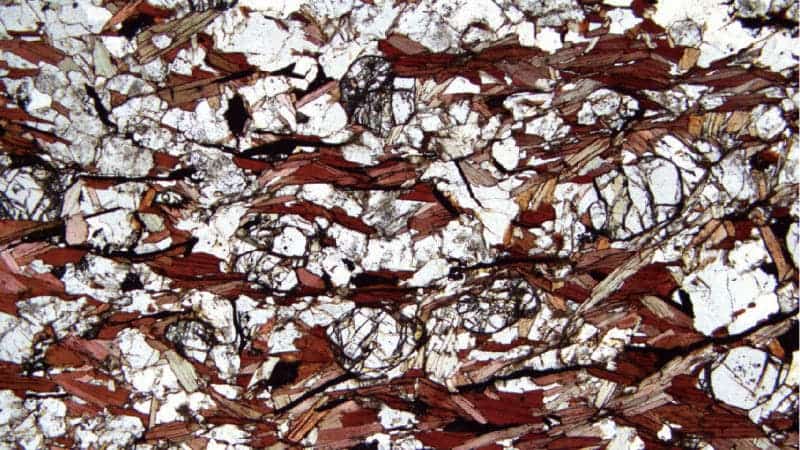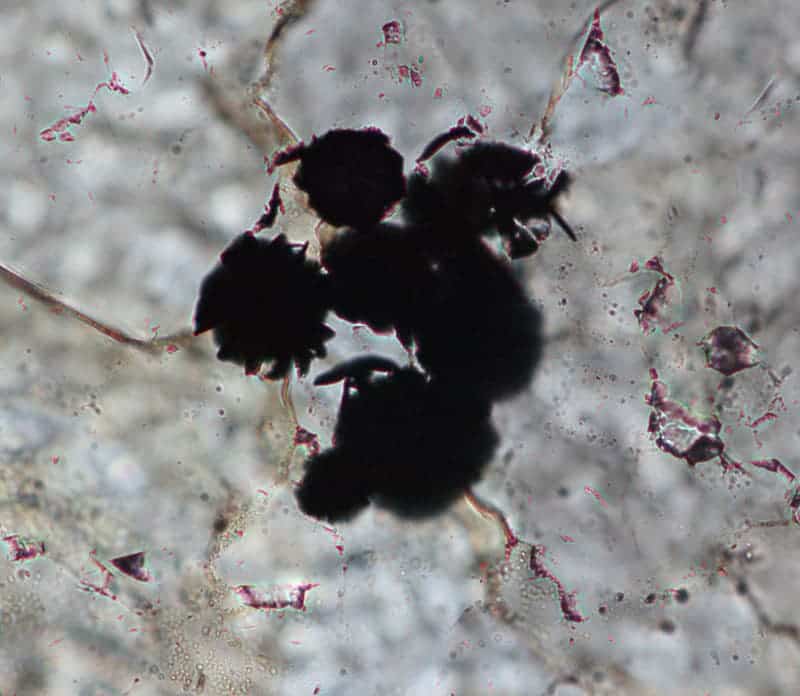Earth had life since its infancy — new evidence indicates that primordial life emerged at least 3.95 billion years ago. The Earth is only 4.54 billion years old.

Life, uh, finds a way
The Torngat Mountains in the Labrador Peninsula in Canada are no strangers to life. These days, Caribou munch on the lichen and lush grass, while polar bears roam the shore in search of other animals to hunt. But back in the day, things were a bit different, and I mean back in the day. Four billion years ago, the Earth — let alone the Torngat Mountains — was a very different place. We’re talking about the very end of the Hadean Era, a geological time named after the ancient Greek God of the underworld, and it’s easy to understand why. Earth was initially molten due to extreme volcanism and frequent collisions with other bodies, but it ultimately formed a solid crust. The atmosphere was only starting to form, still leaving the planet vulnerable to catastrophic impacts. The oceans were also just forming, from condensing water vapor, augmented by ice delivered from comets.
Yet through all this, life somehow managed to emerge.
Yuji Sano and Tsuyoshi Komiya from the University of Tokyo analyzed graphite particles in rocks from the mountains. They found evidence of stromatolites, layered structures created by bacteria, thanks to an analysis of carbon isotopes. Carbon comes in two stable isotopes: carbon-12, which is the most common, and carbon-13, which is rarer and slightly heavier. Life prefers carbon-12 because it is more reactive. So by looking at the carbon-12 to carbon-13 ratio, researchers can deduce (to some degree of accuracy) whether or not life was there. This ratio did indicate the existence of life, though there are still some question marks around this approach.
Then even if this is the case, there’s also the matter of whether or not the life is as old as the surrounding rocks. The rocks they found the samples in are metamorphic, meaning they’ve been subjected to a lot of pressure and heat these past four billion years, and it’s not impossible for external graphite to have sneaked in from different, more recent rocks. So before we get overly excited there are still matters which need to be cleared about this study.
As far back as we can look
But if the findings are confirmed, then it would be an incredible testament to life’s resilience. Not only going back to an ungodly time in our planet’s history but going back pretty much as far as we can look for.

“The emerging picture from the ancient-rock record is that life was everywhere,” says Vickie Bennett from Australian National University, who was not involved in the latest study, according to The Atlantic. “As far back as the rock record extends—that is, as far back as we can look for direct evidence of early life, we are finding it. Earth has been a biotic, life-sustaining planet since close to its beginning.”
Prior to this, the earliest discovered life was dated to 3.7 billion years ago. While the difference might not seem that large, it’s quite significant. The reason is that 3.95 billion years ago is during the so-called Late Heavy Bombardment, during which a disproportionately large number of asteroids colliding with Earth, whereas 3.7 is not.
“It may be difficult to create life before 3.8bn years ago due to the bombardment, which may destroy early life,” he said. “But now it is 4bn years. Life started on Earth during the heavy bombardment of meteorites, which is amazing.”
Journal Reference: Takayuki Tashiro et al. Early trace of life from 3.95 Ga sedimentary rocks in Labrador, Canada. doi:10.1038/nature24019


